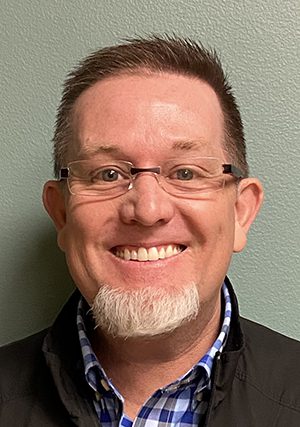The news of the closure of three banks in 2023 has sent shockwaves across the financial world. As customers of these banks scramble to secure their savings and investments, it is helpful to remember the role of the Federal Deposit Insurance Corporation (FDIC) in protecting deposits up to $250,000.
The FDIC was created in 1933 in response to bank failures during the Great Depression. Its primary mission is to protect depositors by insuring their deposits against loss in case of a bank failure. The FDIC covers up to $250,000 per depositor, account category, and insured institution.
In the event of a bank failure, the FDIC typically pays depositors their insured deposits within a few days. The FDIC does not insure stocks, bonds, mutual funds, or other securities. It only insures deposits in checking, savings, money market, and CD accounts.
Depositors are advised to keep their deposits under the FDIC-insured threshold of $250,000. If a depositor has more than $250,000 in a single account at a single institution, any amount over the threshold is not insured and would be at risk of loss in the event of a bank failure.
To maximize FDIC coverage, depositors can open accounts under different ownership categories. For example, a depositor can have $250,000 in an individual account, $250,000 in a joint account with a spouse, and $250,000 in a trust account for a total of $750,000 in coverage at a single institution. Deposits in different banks also are covered by the FDIC protection. A depositor could have $250,000 is more than one bank and all would be covered under FDIC rules.
It’s important to note that there are specific rules and requirements for assigning beneficiaries to your accounts to qualify for FDIC insurance. You should check with your bank to ensure you understand these requirements and have assigned beneficiaries correctly.
Depositors can also increase their FDIC coverage by opening accounts at different FDIC-insured institutions. The FDIC provides separate insurance coverage for deposits held in different account ownership categories at various institutions. For example, a depositor can have $250,000 in a checking account at one institution, $250,000 in a savings account at another institution, and $250,000 in a CD at a third institution for a total of $750,000 in coverage.
One way to spread your deposits around is to use bank networks. These networks allow you to open accounts at multiple banks that are part of the network but manage your accounts through a single platform. This can make it easier to manage your accounts and monitor your deposits.
It’s important to note that not all banks participate in bank networks, so you’ll need to research to find the ones that do. Additionally, you should ensure that any bank you deposit money into is FDIC-insured.
While the FDIC provides a safety net, depositors need to research the financial health of the institutions where they hold their deposits. Depositors should look for well-capitalized institutions with a strong track record of financial stability. They can research an institution’s financial health by reviewing its financial statements, credit ratings, and regulatory reports.
In addition to protecting their deposits, depositors can take other steps to protect themselves in case of a bank failure. For example, depositors can keep records of their account balances, transactions, and account statements. They can also sign up for electronic statements and alerts to monitor their accounts for unauthorized transactions or unusual activity.
The closure of the three banks in 2023 serves as a reminder of the importance of FDIC insurance in protecting depositors’ savings and investments. Deposit insurance is a valuable safety net for depositors. Still, depositors should keep their deposits under the insured threshold, diversify their account holdings over different account types and ownership categories, and research the financial health of the institutions where they hold their deposits. By taking these steps, depositors can minimize the risk of loss in the event of a bank failure and protect their financial future.
If you have doubts about the stability of your financial institution, reach out to a trusted advisor today. They can guide you through various strategies to help you achieve maximum FDIC protection.
- Bank failures are not a new issue, and the FDIC was designed to protect individuals’ deposits if their bank fails.
- Strategies for maximizing FDIC coverage include spreading deposits across multiple banks or accounts, utilizing bank networks, assigning beneficiaries to accounts, and opening accounts under different ownership categories.
- It is the responsibility of individuals to research their bank and keep track of their statements and records to ensure their deposits are fully insured and to monitor their financial health.
Brad Pistole, a native Missourian, is a member of Syndicated Columnists, a national organization committed to a fully transparent approach to money management. Syndicated Columnists is the sole provider of this material, both written and conceptual, for this column. All rights reserved.
Trinity Insurance & Financial Services Inc. 5511 N. Farmer Branch Rd., Suite 101, Ozark, MO 65721. 417-581-9222 Brad Pistole (retirevillage.com)
















